Resource Efficiency
Don’t waste the future

Overview
The world needs solutions
We are facing an existential environmental crisis. Climate change, loss of natural resources, and biodiversity harm are all major issues that need to be addressed. A forceful response is necessary, which will require a paradigm shift in human activity to mitigate and adapt to the impacts of these issues. It is vital that immediate action is taken to address these issues, as the longer we wait, the more difficult and costly it will be to solve them.
Impacted SDGs

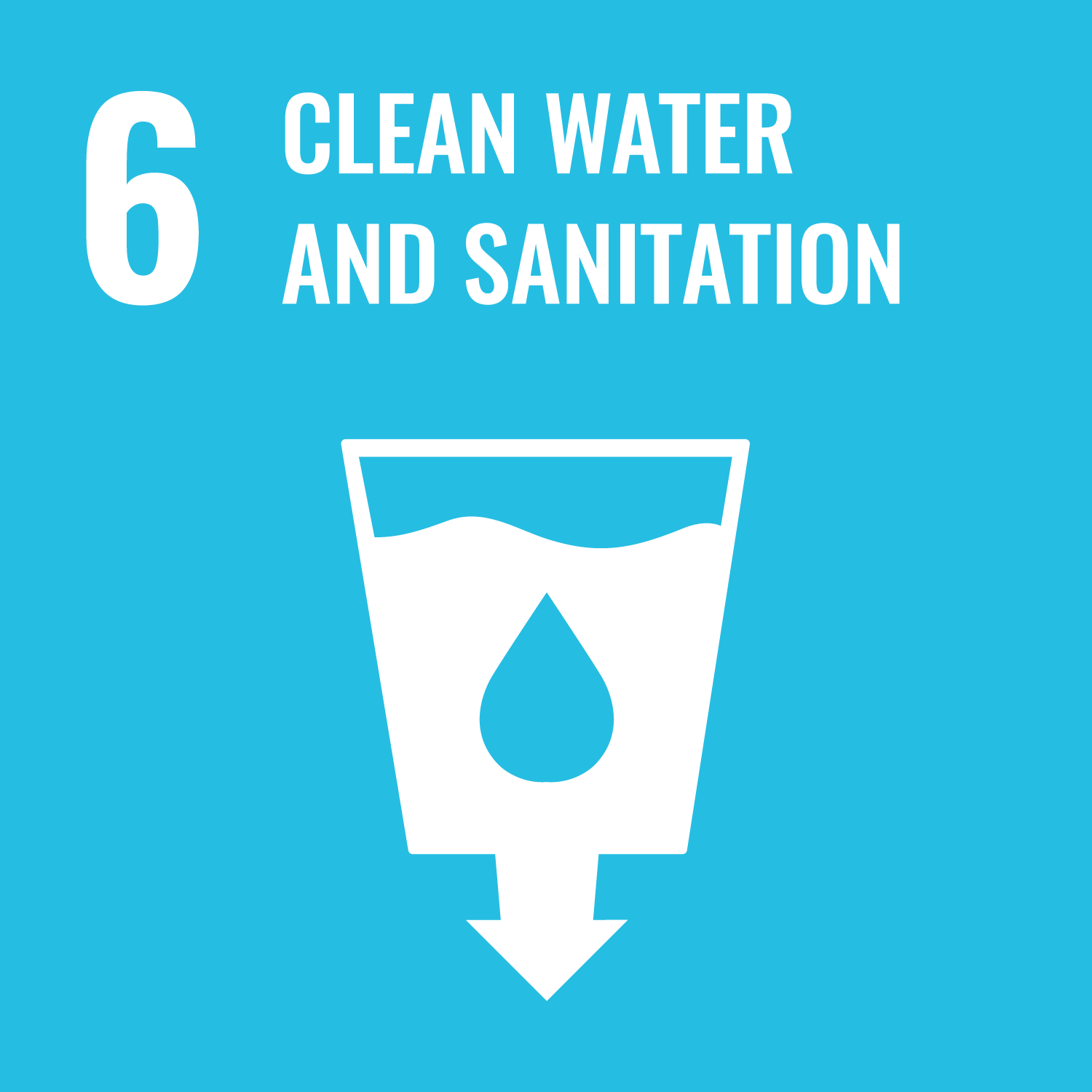
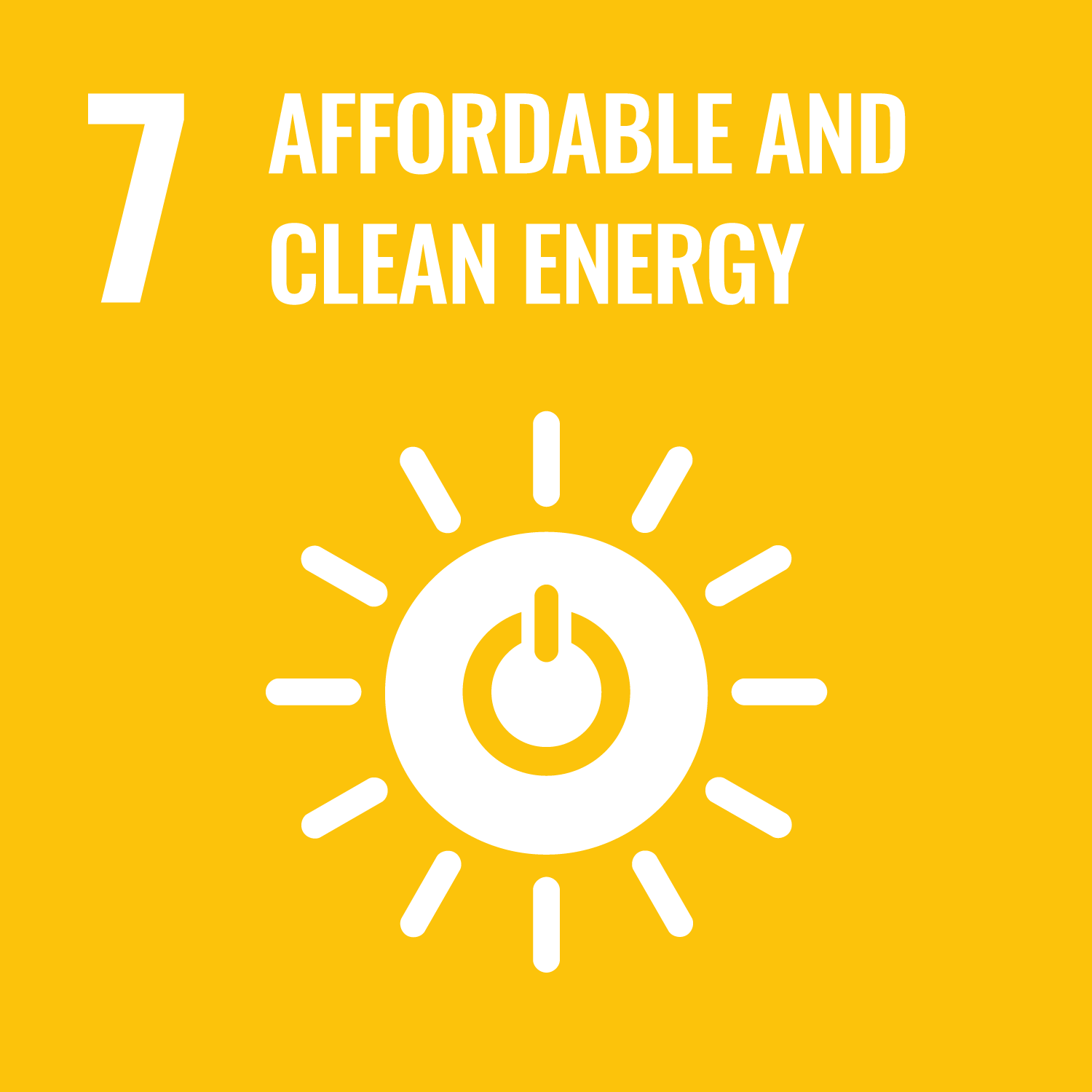

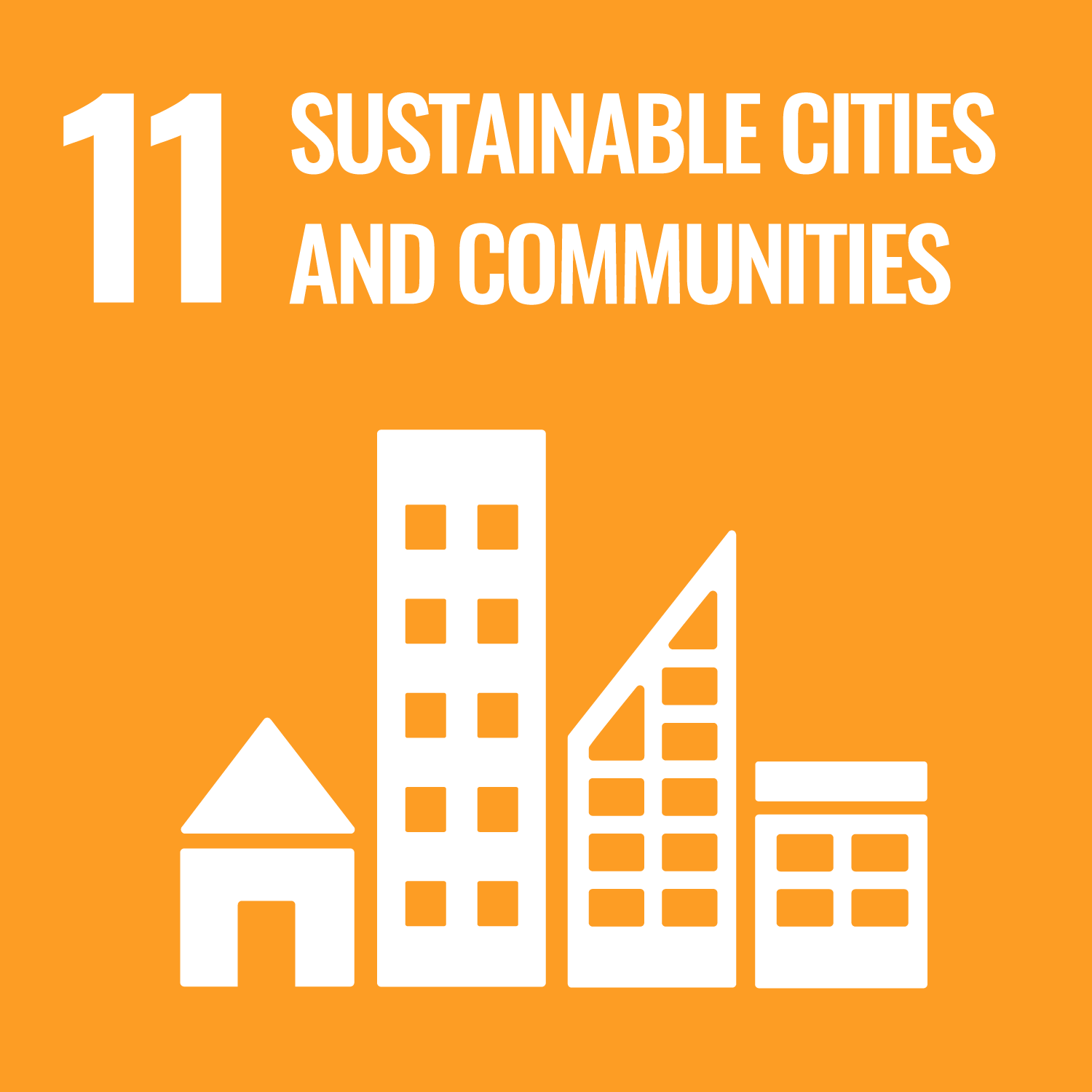
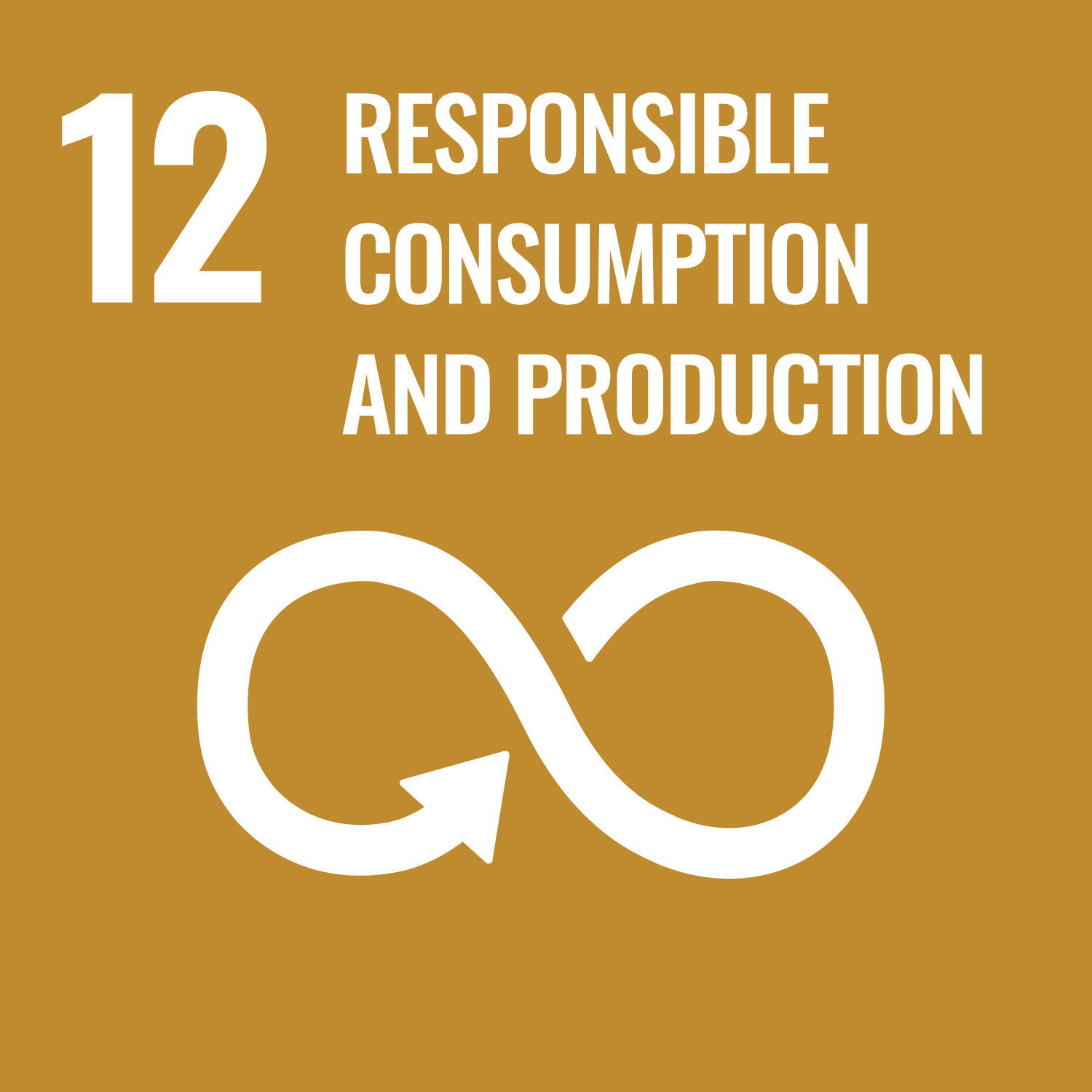
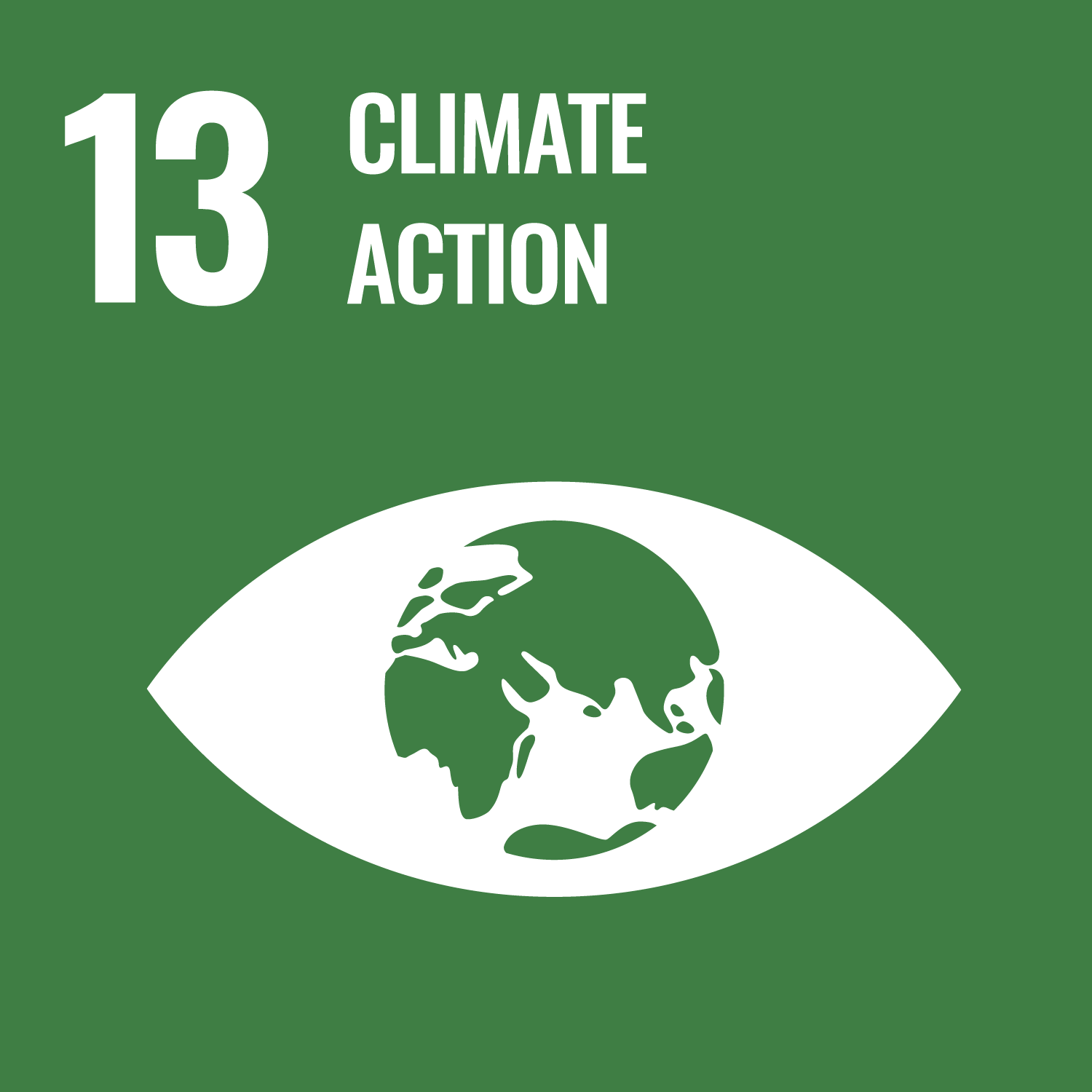
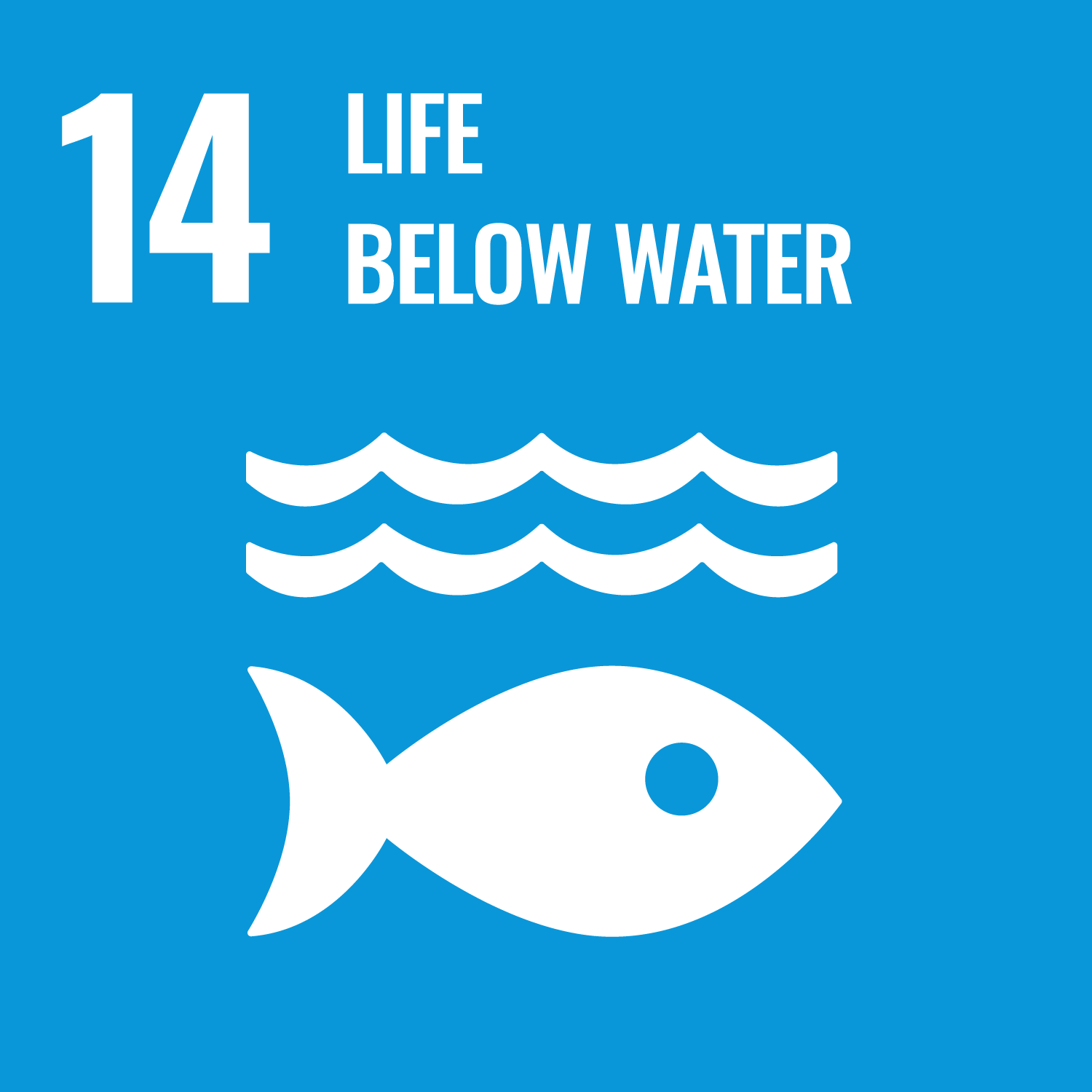
Key megatrends
Resource scarcity, Population growth , Energy transition, Climate change
Current investments
8
Exited investments
2
Investment range
EUR 40 - 200m
Invest. advisory professionals
12
What are the challenges?
Climate action failure
Carbon budget for 1.5 degree scenario depleted by 2031 at current pace of emissions
Natural resource crisis
2x human demand on Earth’s ecosystem by 2030
Biodiversity loss
10-100x higher rate of extinction than historical average
What are the solutions?
Circularity & waste
- Resale and reuse business models
- Food waste reduction
- Material efficient manufacturing
- Recycling and processing
- Residual waste handling
- Water treatment
Sustainable food
- Sustainable and healthy foods / alternative proteins
- Aquaculture
- New farming methods
- Crop preservation and enhancement
- Food waste reduction
- Increasing supply of freshwater
Sustainable industry
- Green materials
- Sustainable buildings
- Clean production
- Carbon capture, offsets and storage
Net Zero Energy
- Renewable Energy Production
- Future fuels (hydrogen & others)
- Smart energy infrastructure
- Energy storage
Green mobility
- Electrification of power trains
- Fuel cells
- Low carbon transportation systems
- Shared mobility
Theme Lead

- Investing in solutions to the existential environmental crisis is not only a moral imperative, it is also a business imperative. The long term sustainability of our planet and our economies are inextricably linked. By taking action now to address these issues, we not only ensure a better future for ourselves and future generations, but we also create new opportunities for growth and innovation.
- The long-term sustainability of our planet and our economies are inextricably linked.
Theory of change: Circularity and waste
Summa is continuously innovating and enhancing our domain knowledge within our investment themes. Developing our “Theory of Change” for the subthemes has been a core focus over the last year, with the publication of our first paper focusing on how we can achieve a 100% circular economy through “Investing in a circular and waste-free Europe.” The transition to a circular European economy implies massive shifts in material flows, expansion of reprocessing technologies, and growth in circular business models that reuse products and materials and reduce waste. Investors should look to a EUR 230bn investment opportunity until 2040, with many pockets of attractive growth and returns. Summa will “lean in” and invest heavily in this transition and encourage other companies to do the same.
A materials system underpinning prosperity
The modern economy quietly rests on a foundation of major flows of materials and resources. Each European uses, on average, some 2 200 kg of major metals, cement, plastics, fiber, food, glass, wood, and paper per year. These materials in turn underpin major value chains and basic societal functions – from infrastructure and construction to transportation, packaging, and consumer goods.
A largely linear current European economy
While the benefits of this resource use are undoubted, there is a catch: Europe’s economy is still largely linear. This linear resource use causes large economic and environmental problems. Some 850 Mt of CO2 emissions (equivalent to 22% of Europe’s total CO2e emissions) are released from material production for European use and waste management. There are also serious consequences for biodiversity through large claims on land (for example, 24% of EU27+UK land is covered by crops used for agricultural production), including negative consequences for biological systems, value losses of at least EUR 70bn annually for the economy, and significant import dependency for key products and raw materials.
The circular economy scaling massively in the 2020s
Europe’s circular ambitions are now being translated to real shifts in material flows and investments. The sentiment among many market participants is that Europe’s circular ambitions are now on the cusp of a massive acceleration. We can achieve a waste-free and circular economy using current technologies, resulting in substantial financial and societal benefits. However, this requires a significant paradigm shift in how we perceive and manage waste and coordinated efforts from stakeholders. We have the opportunity to reduce emissions by 55%, supply 80% of future material demand with end-of-life materials and create jobs for hundreds of thousands of people. This would require only a EUR 230bn investment by 2040 with a potential financial value creation opportunity of approximately EUR 1.5tn.
Pragmatic definition of the circular economy for investors
Summa Equity grounds its approach to the circular economy in three basic observations:
01. Significant environmental, economic, strategic autonomy, and other benefits arise through reduced dependence on primary materials produced from newly extracted resources.
02. The economic and social significance of materials and products is best understood by considering their contribution to essential services and human needs in the economy: thus, the steel in a car contributes to transportation; plastics in packaging contribute to protection or marketing of food; etc.
03. As long as the economy has significant waste flows, these must be managed, with radically different outcomes depending on how well this is done. A consistent story for waste therefore must be included.
This leads us to the four main circular economy strategies and associated business models:
1. Circular business models
2. Material efficiency
3. Circular materials
4. Residual waste valorization
The way forward: An agenda for change
The scenario outlined in the report offers an attractive vision for European business and society. While there is now real momentum behind the change, it is still far from assured that Europe will achieve the many benefits a more circular economy could bring, highlighting the need for an actionable agenda. To start this conversation, Summa has introduced several broad topics that European industry, policymakers, and investors should address.
